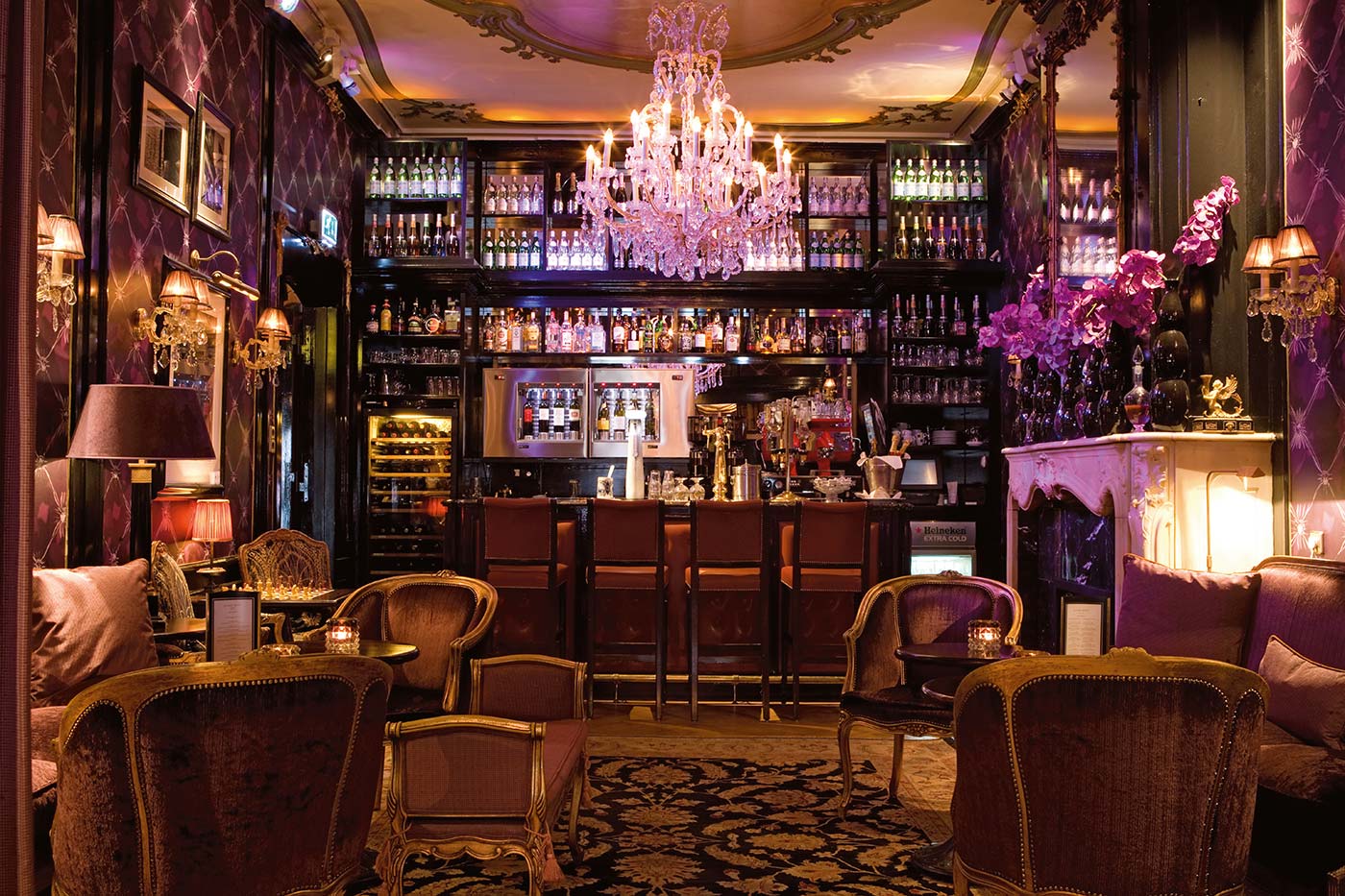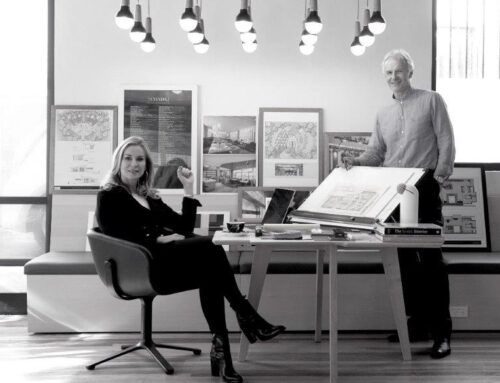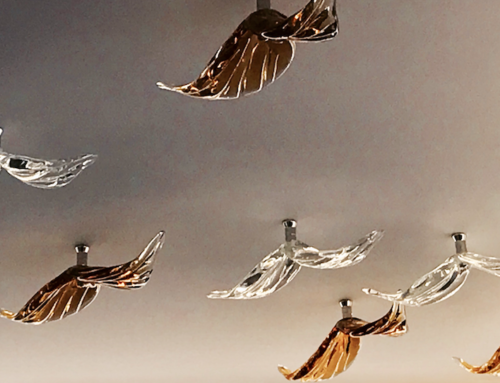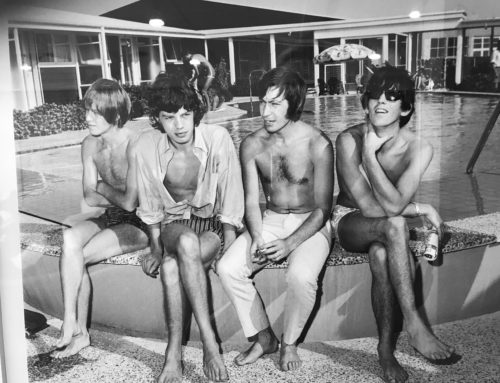My friend, the talented photographer Anna Maryke Grey, spent seven years putting together a body of work which she exhibited last year in Sydney. I bought a work a particularly moody still life that depends so much on a perfect shaft of light that illuminates its dark centre. All the works shared this quality but also dripped with sumptuous fruit, flowers and the sense of a feast that’s past, leaving an air of decay behind.
I know Anna-Maryke is Dutch by heritage and although she lives in an Australian rural setting it’s clear that she’s influenced by the Golden Age of the Netherlands, and the great Dutch and Flemish still life artists. Just how much this aesthetic runs in her blood resonated with me on a visit to Amsterdam recently, particularly when enjoying the old masters in the Rijksmuseum, who used colour so incredibly effectively to illuminate a particularly aspect of their painting, bringing it so startlingly to life.
Dark backgrounds, overripe colours, soft velvets and underlying sensuality is also an aesthetic I found in some of the most cool interiors in the city. The designers of boutique hotels, like the Canal House and The Toren, start with a black canvas and dramatically punctuate it with pins of light and shots of deep purple velvet, finished with large vessels of unruly flower ‘disarrangements’ and, in the case of the Canal House, some Marcel Wanders contemporary chic.
I loved the rich, cozy decadence of these interiors that work so well in a northern hemisphere climate where light is generally low. In Australia, black on black just doesn’t work except in a nightclub; it looks shabby and flat in our high octane light but we can tone it down to a less demanding grey and still indulge in rich velvets and low lighting in the cozy spaces of our lives. And, don’t get me started on how we use artificial light in our living environments but we could all learn a lesson from the Dutch masters…it’s an art form which deserves close attention.








